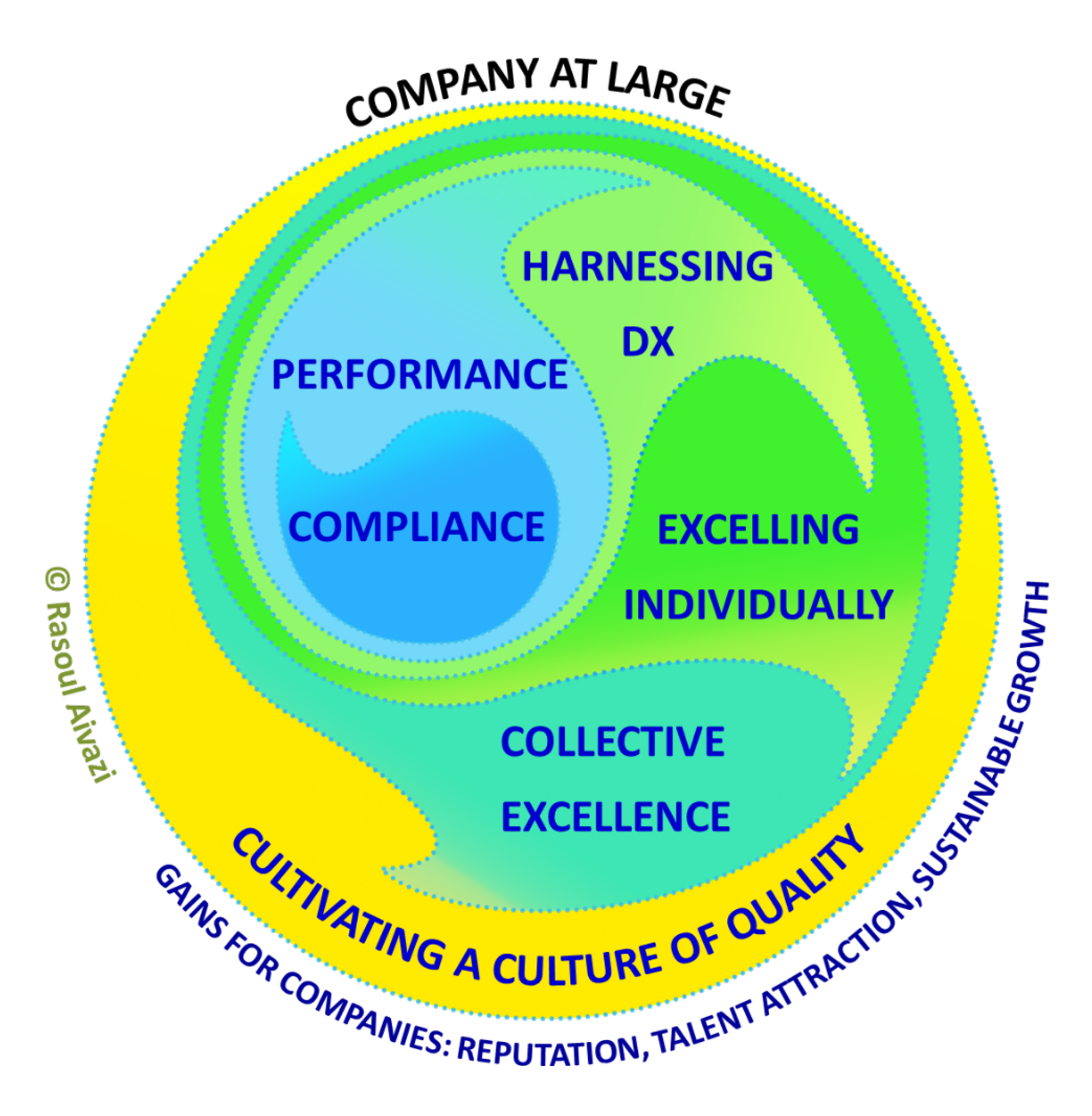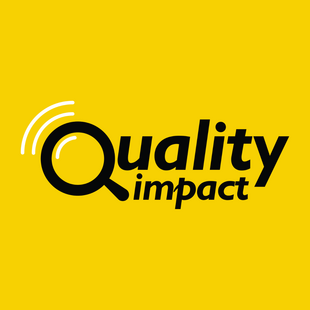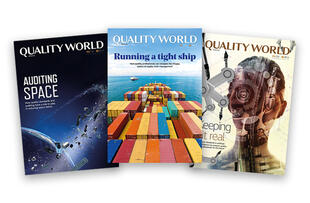
Cultivating a company-wide culture of quality
Progress indicator

In recognition of World Quality Week 2024, Rasoul Aivazi, an international Project Quality Lead and Lead Auditor, reflects on the theme of ‘Quality: From compliance to performance’ and how this can assist in developing a company-wide culture of quality.
Creating a culture of quality involves making it a core value that guides every decision and interaction within the organisation. Achieving this requires investment in people and technology, providing the necessary training and leveraging advanced technologies.
A culture of quality offers numerous benefits to an organisation, including enhanced reputation, talent attraction and sustainable growth.
To achieve this, leadership commitment is essential, with leaders championing quality initiatives and empowering employees to take ownership of quality in their roles.
To ensure excellence in quality management, however, there must be a comprehensive organisational commitment – at every level – to the goal of achieving quality. This journey goes beyond necessary individual contributions; it is about instilling a culture in which quality is not just a compliance requirement, but also a fundamental value that drives every decision and action. By embedding quality in the company ethos, organisations can ensure that excellence is maintained as a core principle.
When every employee, from the production floor to the executive suite, aligns with the organisation’s quality objectives, it creates a resilient culture that can withstand the evolving challenges of the digital age. With the increasing adoption of Quality 4.0 and artificial intelligence, a unified approach to quality is imperative for ensuring that technological advancements are leveraged not only for compliance, but also as tools for fostering continual improvement and sustainable growth.
"When every employee, from the production floor to the executive suite, aligns with the organisation’s quality objectives, it creates a resilient culture that can withstand the evolving challenges of the digital age."
Strategies for embedding quality throughout operations
Leadership commitment
Leaders play a critical role in signalling the importance of quality by setting a clear vision, communicating expectations, and actively engaging in quality improvement activities. Their involvement sets a precedent for the entire organisation, reinforcing that quality is a priority.
Employee empowerment
Empowering employees to take ownership of quality issues within their areas of responsibility encourages proactive problem-solving and fosters a sense of accountability. Providing the necessary tools, training and authority allows them to make informed decisions that contribute to quality enhancements.
Cross-functional collaboration
Encouraging teams from various departments to collaborate on quality initiatives promotes a holistic approach to problem-solving. This cross-functional perspective helps identify and address systemic issues, enabling more comprehensive and innovative solutions.
Continual learning and improvement
Establishing regular training sessions and workshops, along with sharing best practices, creates an environment that values knowledge and adapts to new methodologies and technologies in quality management. This continual learning reinforces a commitment to maintaining high standards.
Feedback and recognition systems
Implementing feedback mechanisms for assessing quality initiatives helps maintain alignment with organisational goals and encourages improvement. Recognising and rewarding employees’ contributions to quality motivates them to pursue excellence and reinforces the importance of quality within the company culture.
Promoting collaboration for holistic quality solutions Cross-functional collaboration is vital for cultivating a culture that truly embraces quality. By breaking down divisions and fostering an environment of shared knowledge and skills across departments, organisations can develop more effective and comprehensive quality solutions.
This integrative approach ensures that quality is viewed from multiple perspectives, resulting in well-rounded and innovative problem-solving.

Conclusion
Achieving a culture of quality goes beyond compliance; it requires collective commitment and active participation from every level of the organisation. By embedding quality as a core value, organisations can create a resilient, adaptable culture that supports continual improvement and sustainable growth. Leadership commitment, employee empowerment, cross-functional collaboration and continual learning are essential elements in this journey. When everyone, from executives to frontline employees, aligns with quality objectives and takes ownership, quality becomes a shared responsibility that drives excellence, innovation and long-term success.
Read more great World Quality Week content
Check out our blogs for more thought leadership and opinion on the theme of World Quality Week 2024, 'Quality: From compliance to excellence'.
The latest from the CQI Podcast

Listen to the Quality Impact podcast, where experts share insights on the evolving role of quality across industries.
Quality World

Get the latest news, interviews and features on quality in our industry leading magazine.



